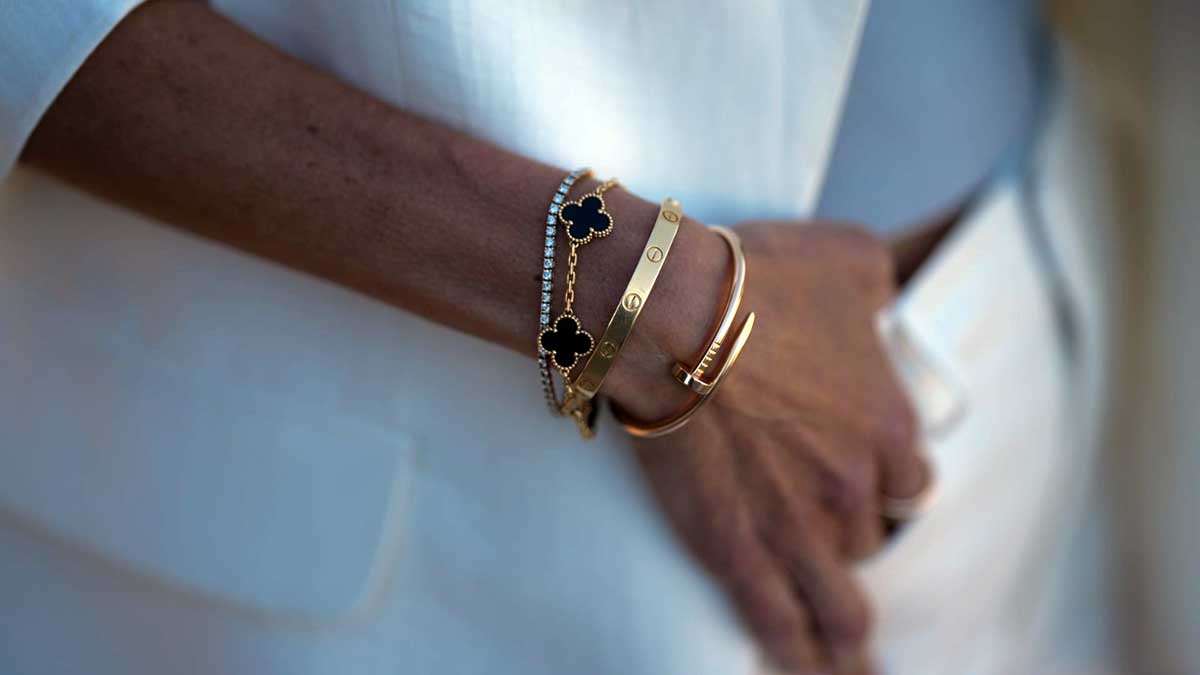In the face of a broader slowdown in U.S. luxury spending, jewelry remains a standout, showing consistent month-over-month growth since September, according to the multinational investment bank and financial services corporation known as Citi. While overall credit‑card spending on luxury edged down by 1.7% in May—an improvement over April and March declines—jewelry surged, increasing around 10.1% year-over-year in May. This uptick contrasts sharply with slumping categories like leather goods and ready-to-wear. Citi attributes the trend to jewelry’s appeal as both an emotional purchase and an investment amid rising gold prices.
Interestingly, jewelry brands attracted not only more purchases but also more buyers—a rare bright spot for the sector. Although some high-end brands saw a 2.7% drop in customer base, those who remained loyal spent an average 11.7% more. Citi analyst Thomas Chauvet suggests that buyers are opting for pieces from high-end luxury brands like Cartier now, as they carry both emotional and intrinsic value amid shifting gold-market dynamics. The result: jewelry has become a refuge for consumers who still want luxury without the extravagance of handbags or apparel.
This resilience highlights changing consumer priorities: emotional resonance and investment potential are now outperforming flashy logos. In a time when many cut back on status-driven spending, jewelry offers a subtler form of indulgence with long-term appeal. Rising gold prices—up over 25% this year—have made fine jewelry seem a smarter value than other luxury items. As a result, even amid economic caution, jewelry brands are enjoying an unexpected renaissance.
Looking ahead, Citi’s data reveals structural shifts in luxury behavior: buyers are favoring quality, meaning, and financial sense over excess. This suggests luxury companies need to rethink growth strategies, focusing on market segments that value perceived sustainability and investment over status. For jewelry, that means amplifying stories around heritage, craftsmanship, and tangible worth. In contrast, brands reliant on logos and fleeting trends may need to pivot to stay relevant in today’s risk-aware luxury landscape.
Alexander Jason – Redaksi



